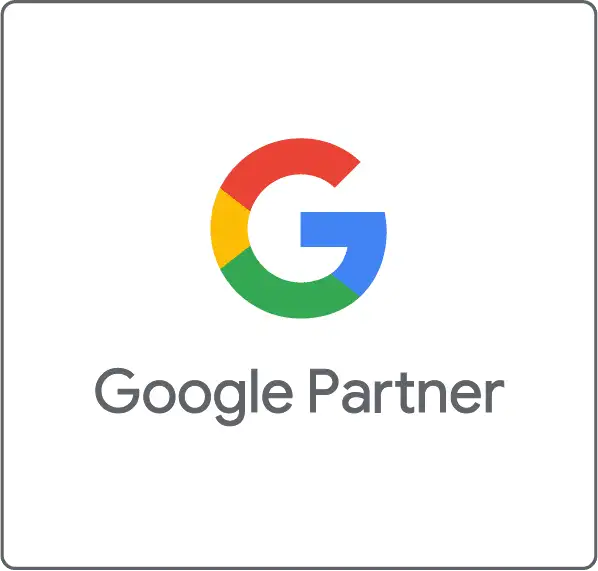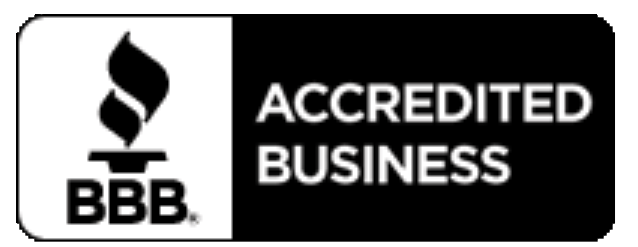It’s almost 2024, and never a better time to think about your programmatic strategy. If you are an agency, here are some thoughts to kick off strategic programmatic media buying. Here are a few considerations to take into account as you get started to build a programmatic agency.
Select A Business Model
Programmatic infrastructure allows for businesses to develop new revenue opportunities and protect existing clients. There are three types of pricing strategies a programmatic buying agency can deploy for their offering.
1. Non Disclosed Margin
In this model the media buying group leverages enterprise knowledge about the ecosystem, connects it to the media buy, and runs arbitrage on the campaign. Media that’s bought for $1.00 is sold to the client for $1.20.
2. Percentage Of Spend
Programmatic ad buying can be run on a transparent percentage of spend. This way the advertiser knows exactly how much is going to the overall media purchase and how much is going to agency fees
3. Combination Pricing
Some agencies use a combination approach. They’ll charge an amount that’s inclusive of media costs, platform fees and proprietary agency relationships the agency negotiates. The fee is not fully transparent because the advertiser doesn’t see the exact line item delineation of media fees.
Other iterations may include the delivery of agency programmatic services as an hourly endeavor, or as a licensed service.
Choose A Demand Side Platform (DSP) Partner
The first question is how to determine how many DSPs you need. If you are just starting out on your programmatic journey, and you don’t have a consulting partner like BrillMedia.co that can bring in multiple DSPs based on our existing relationships, then focus on one or two DSPs. How you determine which DSPs to choose depends on the types of buys that you run. AdMonsters 91% of display advertising is run through programmatic channels. In broad strokes, you’ll want to do the following:
1. Assess the types of media you buy
Whether social, mobile, display, native or video, take inventory of the media that you will transport into your programmatic buying.
2. Look at volume
When negotiating with DSPs they will incentivize you with volume discounts. Look at these volume discounts and determine whether you can meet minimum spend requirement to pay off the minimum fees the contract requires. Some smaller DSPs may waive these mandated fees, but you give up functionality that can be critical to your buying success
3. Look for culture
Like any partnership, culture is a very important element on the path to success. Are the sales people going to promise the world, only to have the support team disappear once the contract is signed? If you are starting out with programmatic buying you’ll have a level of education and hand holding that can mean the difference between success and failure
Human Resources Allocation
One of the most important considerations for your programmatic ad buying is staffing it. Whether you work with an outside programmatic media buying agency like Brill Media, or you develop in house resources it’s important to have dedicated staff who are solely responsible for this form of media buying. This is important because there are many ways that programmatic ad buys can go bad very quickly. So, it’s important to ensure that the powerful tech you deploy is looked at daily by someone who knows the status of campaigns. Something as mundane as an incorrectly placed decimal point can make a massive impact on the campaign. There are components such as daily pacing, inventory availability, campaign performance and the changing nature of client needs that all impact the programmatic agency performance. These elements change daily, and sometimes multiple times a day. It’s for these very reasons that many programmatic platforms make intra-day performance available. In fact, that’s a selling point that ensures that buyers have access to information as soon as it’s available.
Add to that the work of reporting, developing a client communications structure, and ingesting new points of outside information, and you have need for multiple full time staff members.
Prepare For Success
Because the evolution of advertising and marketing tech is so quick you’ll see rapid changes in the technology you use. Good development teams will share monthly product updates, which are important to read. New and competitive products are consistently appearing the marketplace, and existing companies are changing their product offering quite readily.
So, ensure you have a team member who is paying attention to marketplace news, and has the ability to consistently meet with new vendors. Be aware of changes made at media companies, who control inventory supply. For example, there was a time when YouTube inventory was available across the DSP ecosystem, but Google changed that and makes their inventory available only in Google products like AdWords and Doubleclick Bid Manager.
Finally, for the programmatic agency keep a close eye on changing customer needs. In addition to the day to day campaign needs, ensure that your knowledge of the larger marketplace is deployed as clients look to your agency for leadership.



